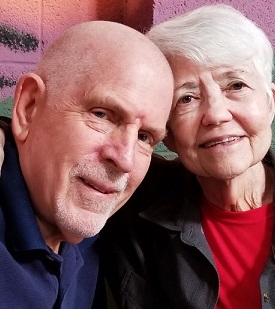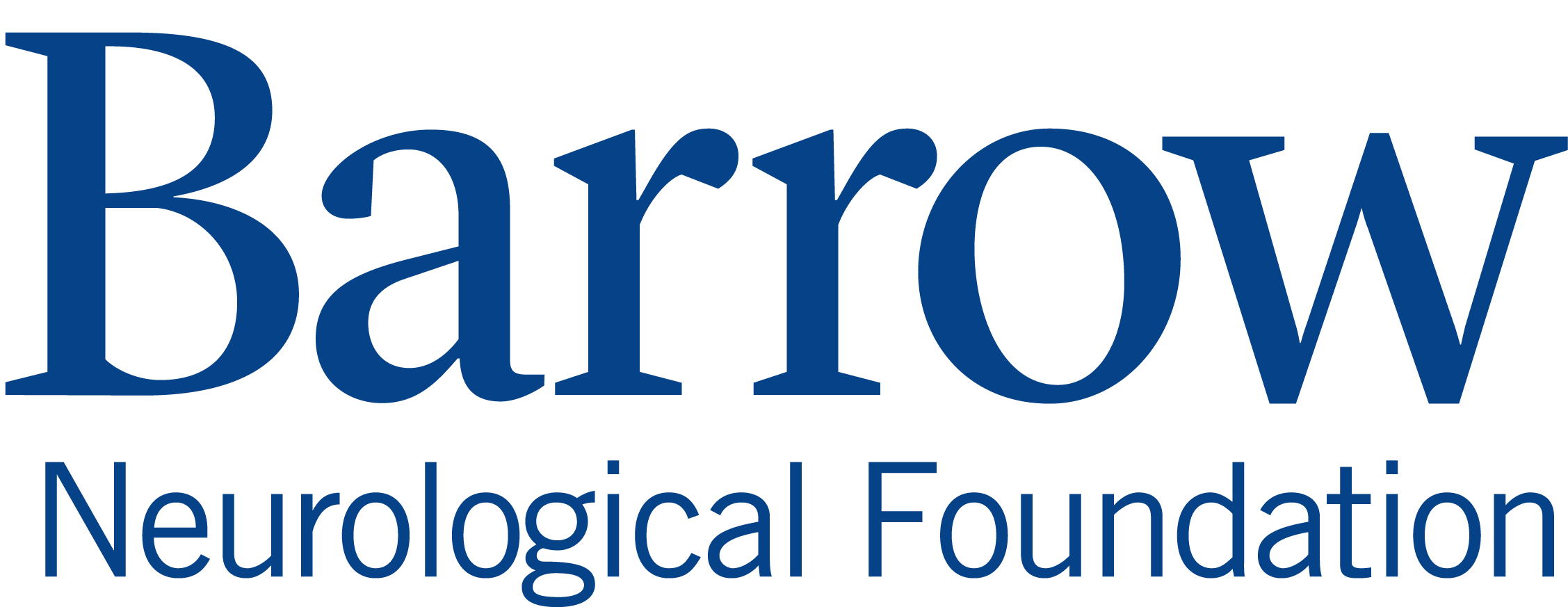Happening Now
Brain ‘Pacemaker’ Gives Hope to Alzheimer’s Patients
Barrow Neurological Institute first to conduct trial in international study
(PHOENIX – Sept. 10, 2019) – A groundbreaking procedure that offers new hope for patients with Alzheimer’s disease is being tested at Barrow Neurological Institute in Phoenix.
The largest international trial to date will evaluate the safety and effectiveness of Deep Brain Stimulation (DBS) in patients over 65 years old with mild probable Alzheimer’s, and it will test the hypothesis that DBS will slow cognitive decline related to Alzheimer’s.
The DBS procedure has provided remarkable therapeutic benefits for otherwise treatment-resistant movement disorders such as Parkinson’s disease and essential tremor. The delicate procedure involves placing one or two electrodes into the brain, which are connected to a neurostimulator placed under the skin – a “pacemaker” for the brain. The neurostimulator can be programmed to deliver an electrical current to select brain regions.
The pivotal trial, conducted by Functional Neuromodulation using Boston Scientific Vercise™ Directional System, aims to enroll up to 210 patients at 20 research sites in the U.S., Canada and Germany. Barrow, an international leader in DBS, was the first to implant the device in the trial and is expected to be in the top five in the number of patients enrolled.
The randomized double-blind controlled trial will compare the effects of DBS turned on to those observed with the system turned off. The patients will undergo regular physiological, psychological and cognitive assessments for 12 months at which time those patients in the off group will be eligible to have the system activated.
The first patient in this Phase III trial – called ADvance II – underwent surgery on Sept. 9 to complete the implantation of the device at Barrow, which is part of Dignity Health St. Joseph’s Hospital and Medical Center in Phoenix.
“As we’re caring for patients today, we’re also looking towards finding new treatments and ultimately the cure of the future,” says Anna Burke, MD, the principal investigator of the trial and director of the Alzheimer’s and Memory Disorders Division at Barrow.
Alzheimer’s is a type of dementia that causes problems with memory, thinking and behavior, and it has no cure. Nearly 6 million Americans are living with Alzheimer’s, the sixth-leading cause of death in the U.S., according to the Alzheimer’s Association. By 2050, the number of people age 65 and older with Alzheimer’s may grow to a projected 13.8 million, barring the development of medical breakthroughs to prevent, slow or cure Alzheimer’s disease.

“There is an urgent need for progress in Alzheimer’s research,” says Francisco Ponce, MD, Barrow neurosurgeon and director of the Deep Brain Stimulation Program at Barrow who is performing the trial’s DBS procedures. “Drug trials have been slow to produce results, so we are excited to assess whether DBS could offer hope for patients and their families.
The Phase III trial is the largest of the ADvance trials by Functional Neuromodulation. The pilot Phase II study, which evaluated the safety and efficacy of the treatment, suggested clinical benefit at 12 months in individuals over the age of 65 with mild Alzheimer’s disease. Among the patients treated in the Phase II study was Elizabeth “Ann” Alderson, who received a DBS device in 2014. Five years later, the 80-year-old Phoenix resident attends weekly art and music therapy classes.
“I’m doing very well,” she says. “I’m very thankful for everything they’ve been able to do for me. My outcome was wonderful.”
Alderson’s husband, Jay, says DBS has slowed, but not arrested, Ann’s dementia. “When they turned the device on, within two weeks everyone who is in contact regularly with Ann noticed a difference,” Jay Alderson says. “I noticed that her cognitive abilities were improved – not dramatically, but noticeably.”
